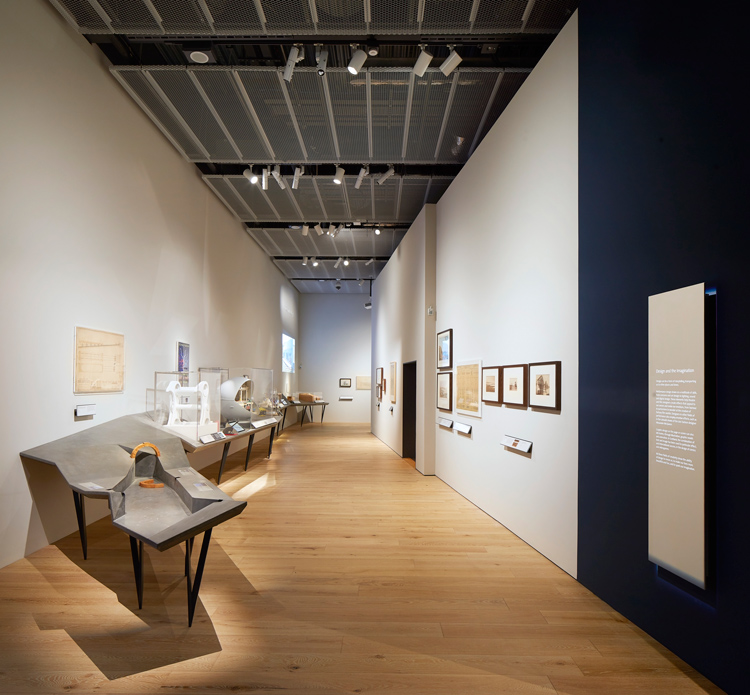V&A Dundee seeks to “decolonise” its galleries
The museum is re-examining how it portrays aspects of Scotland’s history which were underpinned by “the exploitation of enslaved and colonised people”.
V&A Dundee has launched an effort to “decolonise” Scotland’s design history by exposing its collection’s links to slavery and imperialism.
Since the killing of George Floyd in late May, Black Lives Matter protests have erupted around the world. Millions have turned out to show support in the fight against police brutality and structural racism, and the aftereffects have prompted many cultural institutions to reassess their own links to colonialism and slavery.
Back in June Design Week covered the news that Bristol music venue Colston Hall was embarking on a name change to distance itself from its slave trader namesake Edward Colston. Meanwhile, museums around the country which have long faced calls to repatriate artifacts to their country of origin, now face further scrutiny.
In the light of this discourse V&A Dundee has begun updating descriptions in its Scottish design gallery to show how many of the country’s successful industries profited from British imperialism. This work is being undertaken as the museum prepares to reopen again this week, after being closed for nearly five months because of the coronavirus pandemic.

“A sense of cultural amnesia”
The process of decolonisation at V&A Dundee began in summer 2019, the museum states on its website, with a workshop with the Transnational Scotland Network, an organisation dedicated to “reconnecting” heritage stories through museums.
This event brought together academics, designers and artists to critique how the V&A Dundee “addressed, or did not address, Scotland’s role in imperialism and slavery”.
“We wanted to interrogate the narratives of the gallery, to expose what was missing from the story, and to work together to forge a path towards change,” the museum says.
The conversations had between parties revealed V&A Dundee’s galleries “left many stories untold” and in some cases perpetuated “a sense of historical amnesia” about the brutal reality of the British empire.
As a new design museum we have no excuse for omitting and misrepresenting exploitative colonial history in our galleries.
This article explains how and why we’re decolonising our Scottish Design Galleries, kicking off our new #decoloniseSDG series:https://t.co/EIa2XdrttN pic.twitter.com/2QWcMKScpL
— V&A Dundee (@VADundee) August 12, 2020
New gallery panels and rewritten descriptions
Actions taken by the museum now seek to illuminate these before unacknowledged connections, with the main focus being on how artefacts are presented to show the full story.
One example of this reframing is a fine linen napkin bearing the arms of Scotland made in 1762 that forms part of V&A Dundee’s collection. The showcase of the artefact has previously skirted around the issue of Scotland’s role in the Caribbean colonies and transatlantic slave trade.
“We don’t show the much more prevalent coarse linen produced on the East Coast of Scotland around this time, which was sold in huge quantities to American and Caribbean plantations for clothing enslaved people,” the museum explains.
Another instance is the Paisley pattern, which found widespread use in colonised India as Scottish design firms of the time took advantage of powerful trade networks to undercut local economies and craftspeople. The fabrics appropriated Indian motifs and was sold cheaply for saris.
The Turkey Red fabric artefact on display at V&A Dundee, which was produced to this end and features in the tweet above, will now be accompanied by information revealing this.

“As a new design museum, we have no excuse”
While the move towards decolonisation has been made in consultation with the V&A Museum Kensington, which owns around 60% of the artefacts on display in Dundee, the Scottish museum is so far the first and only arm of the institution to publicise its actions.
A statement from V&A Dundee curator Meredith More suggests this could be in part because it is the newest museum in the V&A family.
“As a new design museum, we have no excuse for omitting and misrepresenting this history in our galleries,” she says. “We want to change the perception that these galleries are ‘permanent’ and that they tell ‘the’ story of Scottish design, because there are countless alternative perspectives that can and should be brought in to complicate, challenge and provoke further discussion about what characterises Scottish design in the past, present and future.
More reveals that alongside the rewriting of object labels and gallery panels, the museum will also focus on a new theme each year to bring in “missing perspectives”. Decolonisation, she says, is this year’s theme.
-
Post a comment





